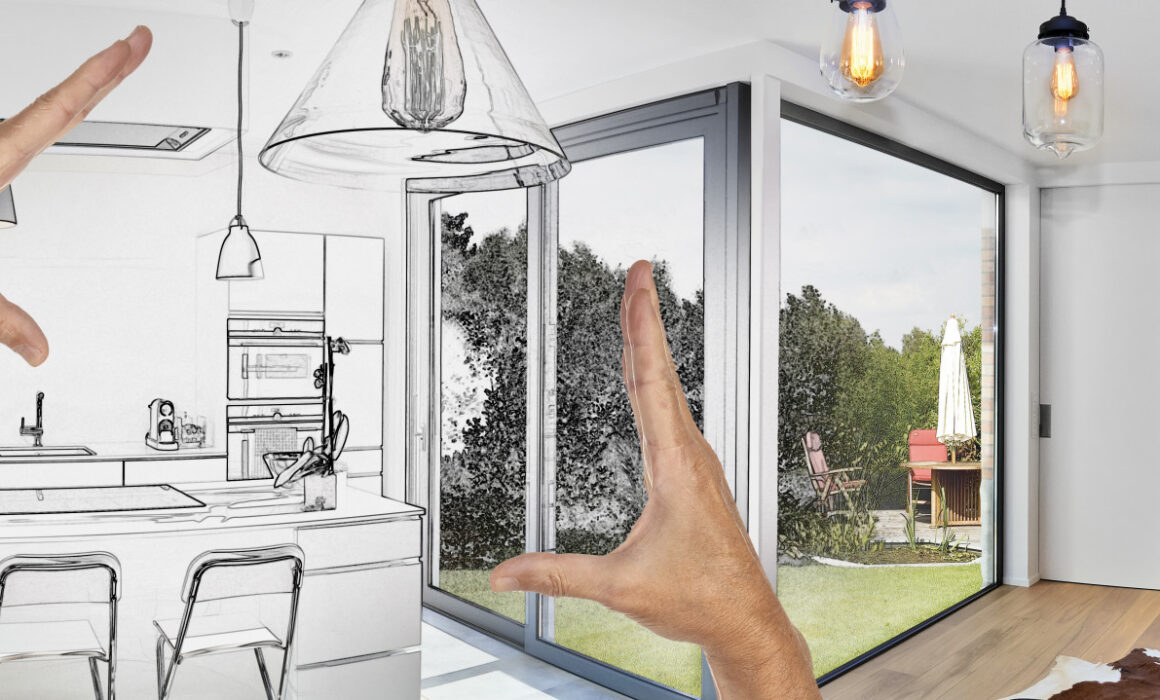What Is the Cost of Custom Built Homes?
Building a custom dream home can be daunting but if you know how to financially plan for what you want, you can make that dream home a reality.
Are you interested in knowing more about the cost of custom-built homes? This article will help you to figure out how much you can expect to spend.
1. Cost to Buy Property for Your Custom House
Before you even consider the costs of building your custom house, you’ll need to consider the cost of the land you’re building on.
Whether you plan to just buy land property or a house that you mark for demolition, you’ll still need to purchase a site for land value.
Currently, the average price for all detached homes in Toronto sits at $1.5 million.
This cost added to the actual building of your custom house could be a lofty expense. To avoid this, you’ll want to minimize land purchasing costs so you can divert more attention to the actual building process of your custom home.
Factors like purchase price, down payment, land transfer tax, legal fees, and cost to close on land are all part of the purchasing process.
2. Measured Expenses: Cost of Custom Built Homes Per Square Foot
In Toronto, housing prices are determined by the cost per square foot. This can be broken down into two different types of costs depending on the project.
Hard Costs
“Hard costs,” also known as “brick-and-mortar costs,” refer to expenses related to the physical construction process.
They include the house’s structure, the site, and any materials used in the building process. The roof or the structural frame, for instance, are fixed-rate expenses that can be estimated.
Factors like utilities, paving or HVAC (heating, ventilation, and air conditioning) systems are also included in hard costs. Hard costs are fixed-rate expenses so it may be easier to anticipate them.
Soft Costs
Since hard costs indicate building-related expenses at a fixed rate, “soft costs” are the opposite. They typically include the less tangible expenses that vary depending on the duration of the project.
This is because soft costs include expenses like permits, taxes, legal and architectural fees. Depending on who is involved and the work required, soft costs can vary.
Basic Factors in Cost Per Square Foot
Some basic creative decisions will affect the cost of your home. These decisions include the number of bedrooms/bathrooms, how many stories high your house will be, and the materials used for building.
Check out the different materials you can use and why you may choose one over another.
3. Materials Used For Construction
Timber Framed homes are typically constructed homes with generally strong frames with traditional designs.
Concrete homes have insulation advantages over others which could save you money on heating and cooling in the future. However, expenses can increase if you add multiple stories of concrete. Added engineering tasks also increase the price.
Houses with a steel or metal frame are generally more expensive than wood but offer significant advantages when it comes to design.
4. The Construction Process Breakdown
Here are some common costs for building a custom house regardless of the creative decisions you make:
Site Work: This is where building permits, architecture, engineering, and inspection fees factor in. Site work involves connecting the home site to public water and sewage facilities.
Foundation: Depending on what the property’s unique qualities are, the tasks for establishing the house foundation may vary. Tasks may include but are not limited to excavation, soil grading, backfill, and laying down concrete slab.
Framing: Framing costs can fluctuate depending on the materials you use. In this process, the skeleton of the house will be established and reinforced with sheathing panels of your choice material. These materials are applied to the house itself, the roof, and the trusses.
Exterior Finishes: After the house’s frame is established, the outside layer will be established to give your home its primary aesthetic. Exterior finishes include installation of the walls, windows, the roof, siding, and doors.
Interior Finishes: Opposite the exterior finishes, the interior includes the aesthetic features inside the home. These include flooring, cabinets, appliances, and insulation.
Systems (Plumbing and Electrical): Installation of major systems is essential to the home. The process includes installation of electrical work, HVAC systems, and plumbing costs.
Start Planning for Your Custom House Project
Planning to build your custom home can seem like an overwhelming project. However, being decisive about your creative options will tell you what materials and jobs you’ll need to complete the project.
If you want to get an idea of what the project looks like, check out our custom home process.


